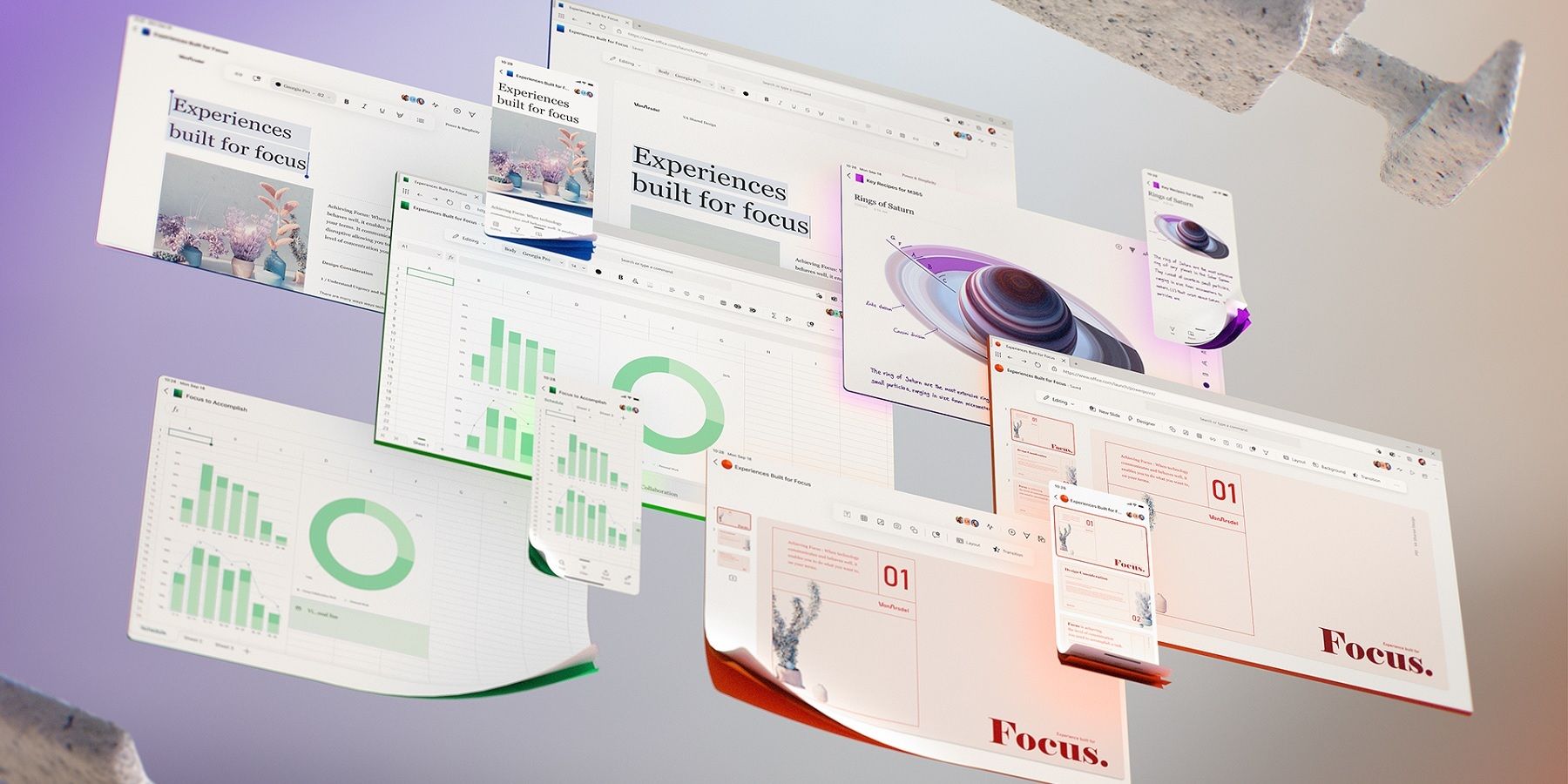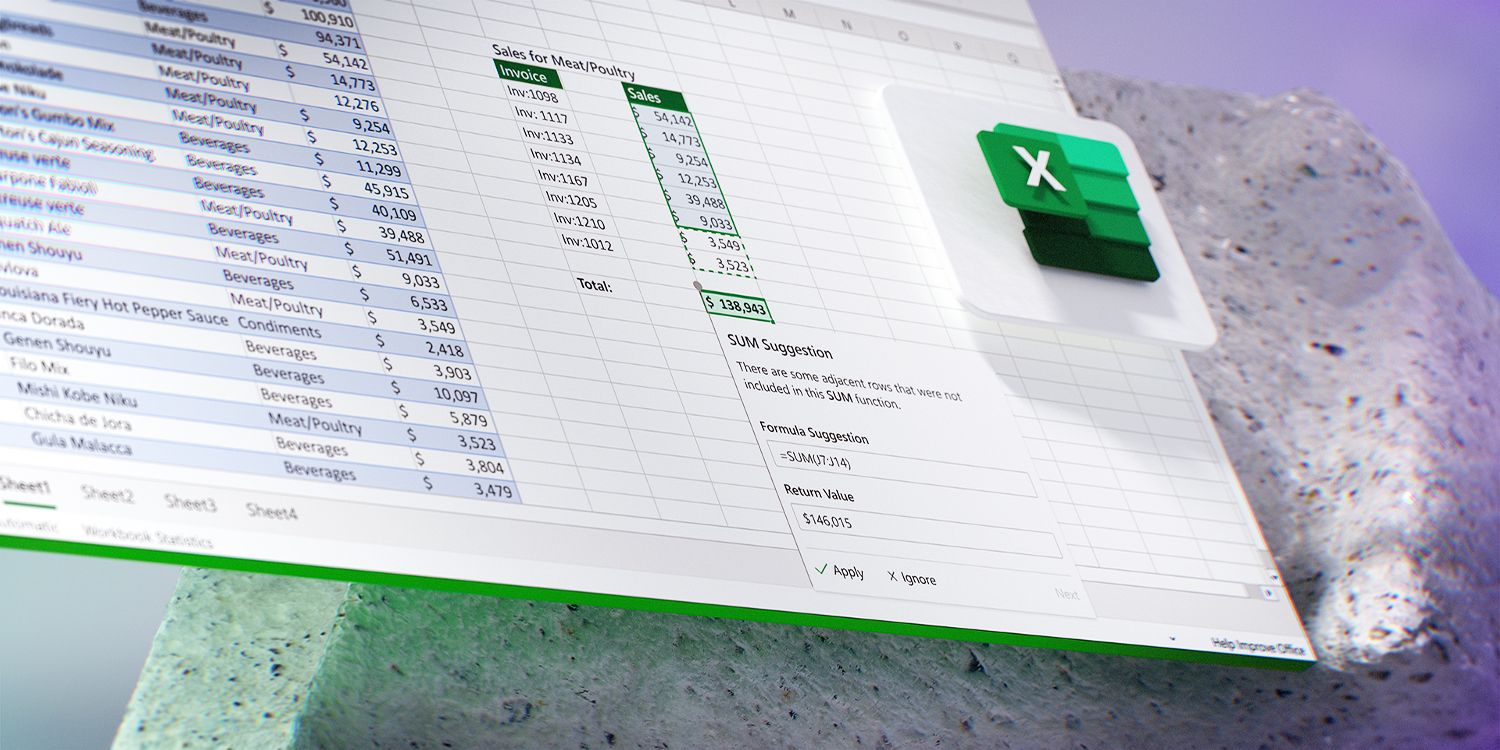
Microsoft has released a teaser that provides a glimpse into the future of its 365 ecosystem and what the new features might look like and be. With a remote work culture taking shape in the shadow of the pandemic, Microsoft has been all too happy to embrace a future where more people rely on its collaborative work applications, and the whole working-from-home lifestyle in general.
Back in April, Microsoft released a Remote Work Trend Report, compiled after tracking the global usage of its Office applications during the first phase of the COVID-19 lockdown. This report suggested that even after stay-at-home orders were lifted, people were still working from home more often in places like China. At the same time, Microsoft has been improving its Office 365 services with regular updates and launching new features. This is especially true for Teams in a bid to keep up with the competition. In fact, the integration of the various office apps under the cloud-based Microsoft 365 umbrella have been three years in the making, and this has also included the slow arrival of various design changes to the UI, to make it a more fluid experience for users. Today countless companies are reliant on Office apps, such as Word, Excel, PowerPoint and Teams, for carrying out their day-to-day work.
Due to all of this, the future of Microsoft 365 is of great interest to many and the company has now teased some more changes that appear to be in the works. In a Medium post by Microsoft Office's design head, Jon Friedman explains how the aim of this redesign is to simplify the Office UI and let users focus more on their content. However, these changes are more than just how the apps look, with many adopting a smarter way to improve usability and workflow.

While the Microsoft 365 UI currently uses a single-line ribbon toolbar that discloses a large number of commands, the future version will have adaptive commanding with a flexible ribbon that will feature commands at the right time, depending on their relevance to what the user is doing. This will be combined with fading brand colors for app headers. The future Microsoft 365 will also leverage the power of AI for a variety of functions. For instance, there will be AI features to retain past data — chat histories, project participants, related workstreams — to give context to the work that is being done, catching errors in Excel formulae while they are being written, and auto-suggest end-dates in Calendars, based on the description of the tasks.
Meanwhile, Microsoft's popular Teams communication platform will be made more flexible, so that users can harness the functions of Planner, PowerPoint and Whiteboard, while communicating with others. Moreover, Cortana and Project Cortex, which creates cross-platform knowledge network using a powerful AI algorithm, will get an upgrade to increase functionality. In addition, the future Microsoft 365 will also include the new Family Safety app to help family members balance screen-time across devices and filtering undesirable content to encourage "healthy digital habits." Friedman also adds that the team's aim is to improve user experience across different devices in a more adaptive manner, so that the transitioning is smooth and the work remains fluid. All this is being achieved using Microsoft's Fluid Framework Technology, launched last year at Build conference.
It appears that the future looks bright for Microsoft 365 and with the remote-work culture likely hear for the long haul, it is safe to say Microsoft will have many takers for its services, as long as the company can avoid serious issues and deliver a flawless experience to users.
Source: Medium
from ScreenRant - Feed https://ift.tt/32RM0jU


0 Comments